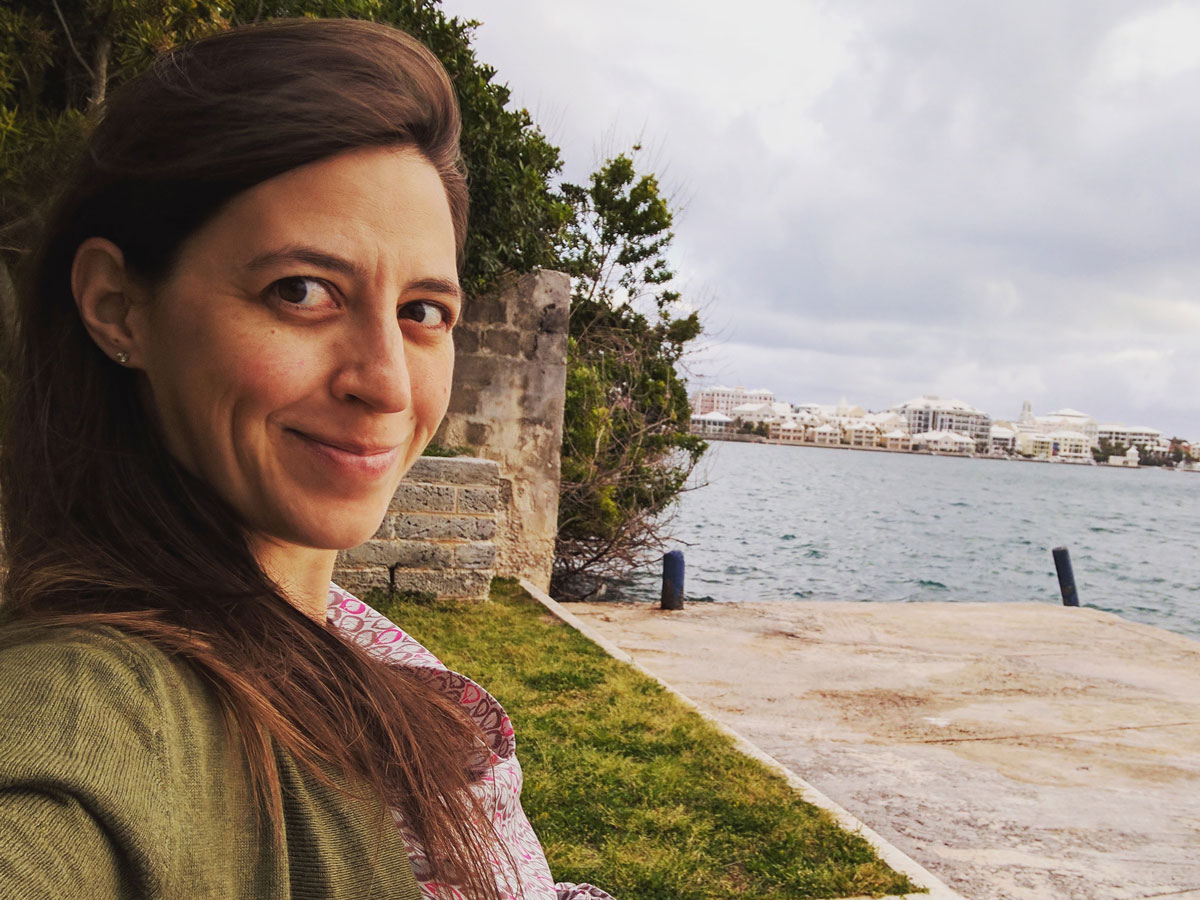Six months before finishing her doctorate in coral paleoclimatology, Kelly Hereid was about to make a career pivot. She’d just been contacted by a reinsurance company—a firm that sells insurance to other insurance companies—about a job opening. Surprised, she googled reinsurance and liked what she saw: an industry at the front lines of climate change adaptation. Now, 10 years later, Hereid serves as the director of catastrophe research and development at Liberty Mutual Insurance.
Hereid remembered writing in her first-grade journal that she wanted to be an entomologist. “I couldn’t spell it,” she said. She drew bugs, birds, and plants in homemade field guides and volunteered at a butterfly house. She majored in both biology and geology at Carleton College in Minnesota but didn’t know what a career in science entailed.
On a typical day at Liberty Mutual, Hereid might work on earthquakes in Colombia, hailstorms in Texas, and wildfires in California.
With encouragement from professors at Carleton, Hereid headed to the University of Texas at Austin for a Ph.D. in coral paleoclimatology. Nearing the end of her degree, she posted her resume to a career portal for the AGU Fall Meeting, which ultimately led her to reinsurance.
On a typical day at Liberty Mutual, Hereid might work on many natural hazards, including earthquakes in Colombia, hailstorms in Texas, and wildfires in California. She uses catastrophe models, which are statistical models that simulate hypothetical disasters and their impact on the built environment. For instance, her model might simulate how a single-family two-story wood frame house located a mile from a coast would fare in a storm.
Hereid had dreamed of teaching science at a liberal arts school after her time at Carleton, but she does her own type of teaching now. “I probably give 40 climate talks a year,” said Hereid, who speaks to audiences in government, industry, policy, and media.
Hereid frequently advises academics shopping for private-sector jobs. For instance, she studied El Niño and La Niña events in corals. El Niño and La Niña suppress or encourage hurricanes, influencing an insurance company’s bottom line. Outlining these connections helped propel her into the private sector.
More private-sector opportunities for geoscientists are on the horizon. “The demand for climate-related expertise has absolutely skyrocketed in the last 2–3 years across the entire financial sector,” Hereid said.
—Jenessa Duncombe (@jrdscience), Staff Writer
This profile is part of a special series in our August 2023 issue on science careers.


